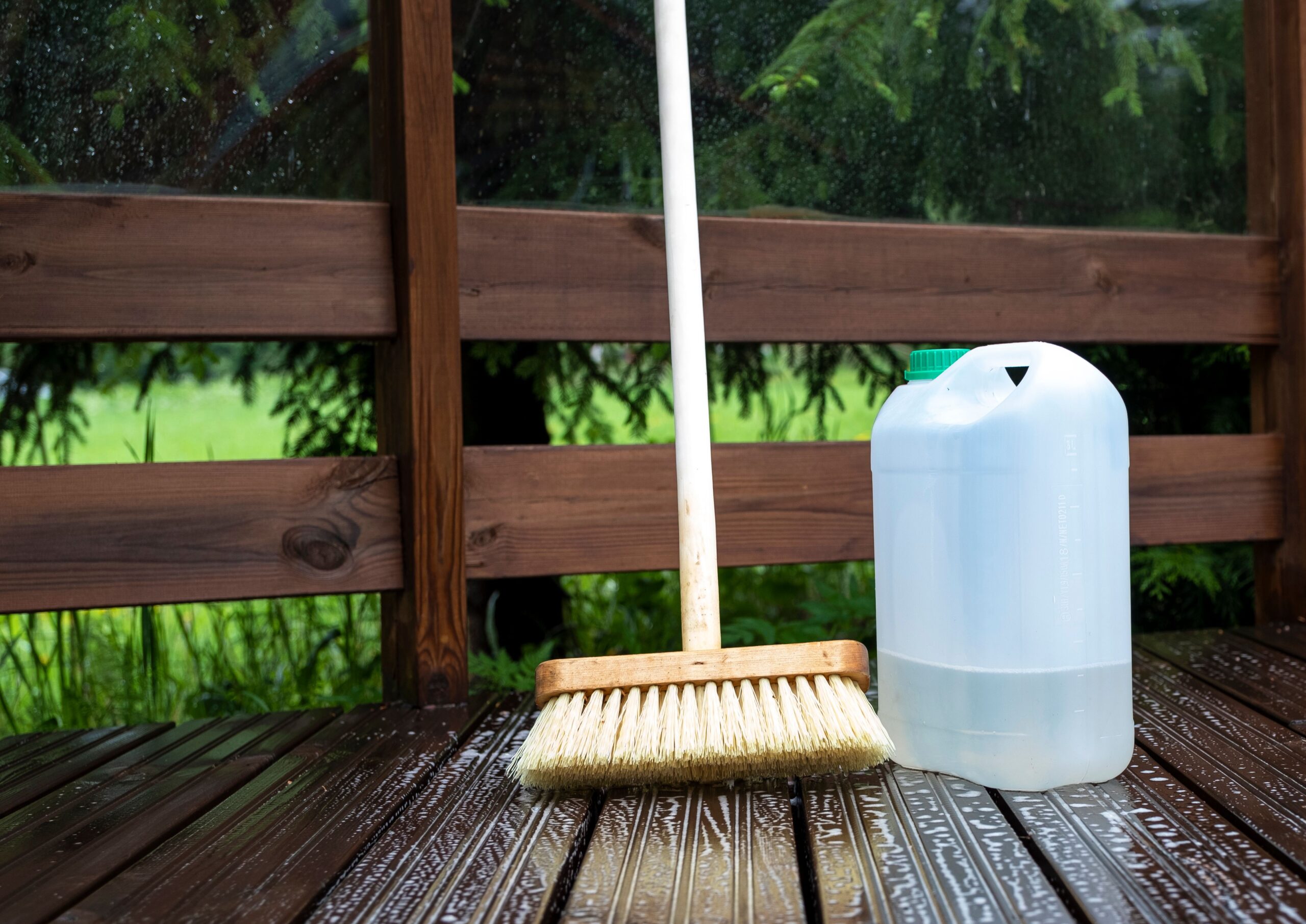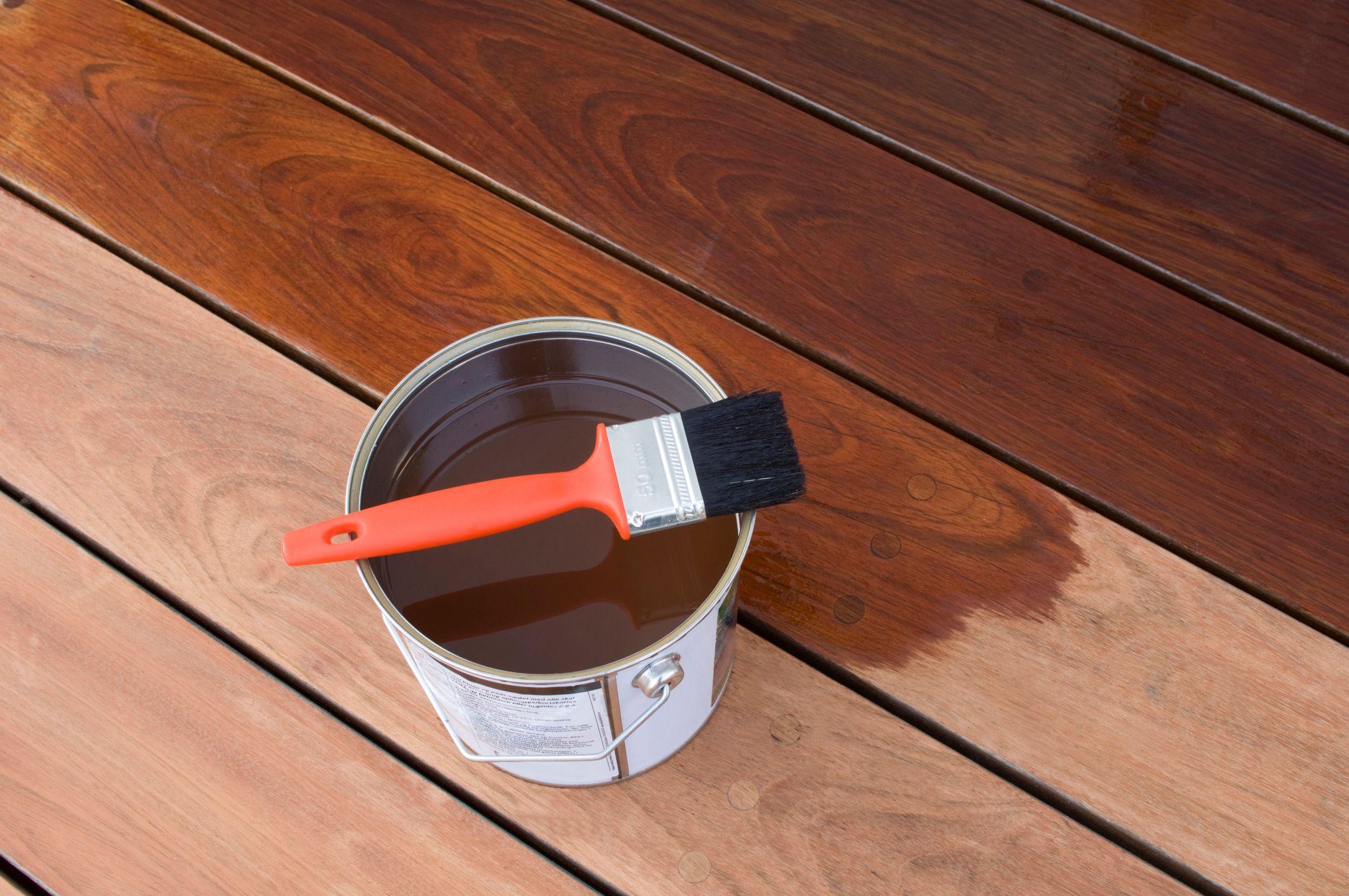Summertime brings barbecues, graduation parties, outdoor events, and lounging by the pool. What do these all have in common? They often take place outdoors, usually in your backyard. As the host, you're expected to have a clean home and a well-maintained deck that’s ready for any occasion. Cleaning the deck is an important part of party prep. According to WoodEvo, an Australia-based decking supplier, composite decks offer stunning finishes that enhance outdoor spaces, and regular cleaning helps maintain their beauty. Before you begin, ensure you have the right tools on hand.
For quick house cleaning tips, check out our other articles. But if you're looking for a detailed guide on how to clean your deck without causing damage, stay tuned.
Gather the Supplies
For any deck cleaning job, you must gather the required materials and products, which depends on your deck type. The most common, timber and composite, need different cleaning supplies for a deep clean. That is something to keep in mind when tackling this DIY project. Every timber deck cleaning job will require a broom, scrub brush, bucket, water, a pressure washer or power washer, and a cleaning solution.
Prepare the Surface
You can't start cleaning your deck without moving everything off of it. Clearing the deck surface is vital to ensuring you don't damage the deck when cleaning it. When moving furniture, don't leave any scuff marks or deeper scratches that will require repairs. Adequately cover any hanging fixtures or furniture not removed with a tarp or other protectant cover.

Basic Steps for Cleaning a Deck
Follow these basic steps to thoroughly clean your deck without damaging it.
- Sweep the boards: Grab a broom or sweeper to remove debris. Sweeping the deck ensures the surface is prepped and ready for cleaning. Use a tool to get into the board cracks to move gunk and accumulated debris if needed. Pay particular attention to leaves between the deck boards.
- Water down the deck surface: Pre-rinsing the deck surface is a base for absorbing the cleaning solution into the deck boards. It also helps rid the deck of any remaining dust and debris.
- Soak the deck with a cleaning solution: Apply the appropriate cleaning solution for your deck (timber or composite) to the deck's surface.
- Rinse it off: Rinse off the cleaning solution with a hose making sure no cleaning solution is left. Residual cleaning solution could cause potential damage. You can also opt to use a pressure washer or power washer on your deck. If you choose to use a power washer on a composite deck, hold the wand at least a foot above the boards, choose a fan tip and use pressure no greater than 3100 psi.
- Seal it off: Once the deck is thoroughly dry, you can seal your timber deck. Sealing it will protect your deck from water damage. Depending on the sealant, some offer colours or tints for a nice polished look.
What Cleaner Should I Use to Clean my Deck?
The most important part of thoroughly cleaning your deck is using the proper cleaning solution. There are professional-grade deck cleaning solutions readily available. But for those that lean more towards a DIY approach, mixing your own cleaning solution requires a few ingredients. Depending on the type of deck you have, follow these instructions:
For timber decks: Mix 29 ml of ammonia-free liquid dish soap, 3.8 litres of water, 473 ml of rubbing alcohol and 1.1 litres of oxygen bleach.
This cleaning mixture is safe on timber without damaging its core and adequately removing mould and mildew.
For composite decks: Mix 120ml of white vinegar, or apple cider vinegar, to 60 ml of baking soda and 3.8 litres of water.
After mixing, mop the mixture over your deck and rinse off thoroughly with water. You don't need to worry too much about causing deep-seated damage with composite decks. However, properly wash everything off to avoid any streaks from the solution.
With homemade deck solutions, avoid using a pressure washer or power washer. Any granular cleaner will clog the nozzle because of the tiny nozzles on the sprayer.
What Should I Use to Seal My Deck?

As mentioned above, the final step to cleaning your deck and preventing long-term damage is to properly seal it off. But do you use a sealant or a stain? The answer depends on the look you want to achieve with your deck. Both sealants and stains offer protection from water damage, but sealants are mainly translucent and work well if you want to keep the original colour of your deck. If you are looking for a new or revamped colour, a stain is your best bet on your deck. With either option, you can use either a water-based or oil-based stain. Oil-based stains last longer but are harder to apply and can only adhere to previously treated oil-based boards. On the other hand, water-based stains don't last as long but are easier to apply and more eco-friendly. Whichever one you choose, you need to apply it on a day that is not too hot or too cold, right around 10 C - 32 C for it to adhere correctly.
After you've sealed your deck, don't forget to give the whole house a spring clean while you are at it, and then the cleaning is officially complete and now it is time to enjoy your deck for the summer months ahead.
